Indonesia’s SPPG kitchens, or Nutritional Service Units, are required by the National Nutrition Agency (BGN) to be built with an area of 300–800 square meters. A 400-square-meter building (20 × 20 meters) is considered sufficient to serve as a healthy kitchen for preparing free nutritious meals and can accommodate around 40 workers.
From a technical standpoint, the required kitchen building must be a simple structure that is earthquake resistant, ensuring safety from potential seismic damage. Earthquake-resistant buildings must meet several criteria: the use of proper construction materials, structural dimensions that comply with standards, well-connected primary structural elements, and high-quality workmanship.
Modular buildings, which are prefabricated structures, meet the requirements for Indonesia’s SPPG kitchens because their structural systems have been tested for seismic performance. Their straightforward design is supported by high-quality steel structures and sandwich panels used for walls and building surfaces.
Although prefabricated modular buildings, installed using a knock-down method, are categorized as semi-permanent, their construction is engineered with structural integrity and an optimal strength-to-weight ratio in mind, making them more adaptive to seismic activity.
Modular buildings are also highly flexible in terms of size adjustments. This means modular construction can be configured into a 20 × 20-meter kitchen or tailored to the specific area required for an SPPG facility.
Planning to use modular construction for Indonesia’s SPPG kitchens? Leave the work to Tradecorp. As a supplier of prefabricated modular buildings, Tradecorp is an international company that has supported various business operations and field projects since 2014, providing shipping containers, offshore DNV containers, ISO tank containers, modified containers, modular prefabricated buildings, and RapidFrame construction.
Tradecorp has contributed to major projects, including the constructing mining accommodation facilities in Sumatra and Kalimantan, supplying infrastructure for the 2018 Asian Games, and supporting the Formula E Jakarta event. For more information and pricing, visit kontainerindonesia.co.id/en/. Our team will contact you so you can consult your specific needs.
Want to learn more about modular buildings for Indonesia’s SPPG kitchens? Explore the complete explanation below!
Daftar isi
Best Modular Building for Indonesia’s SPPG kitchens
Examples of Modular Buildings for Indonesia’s SPPG Kitchens
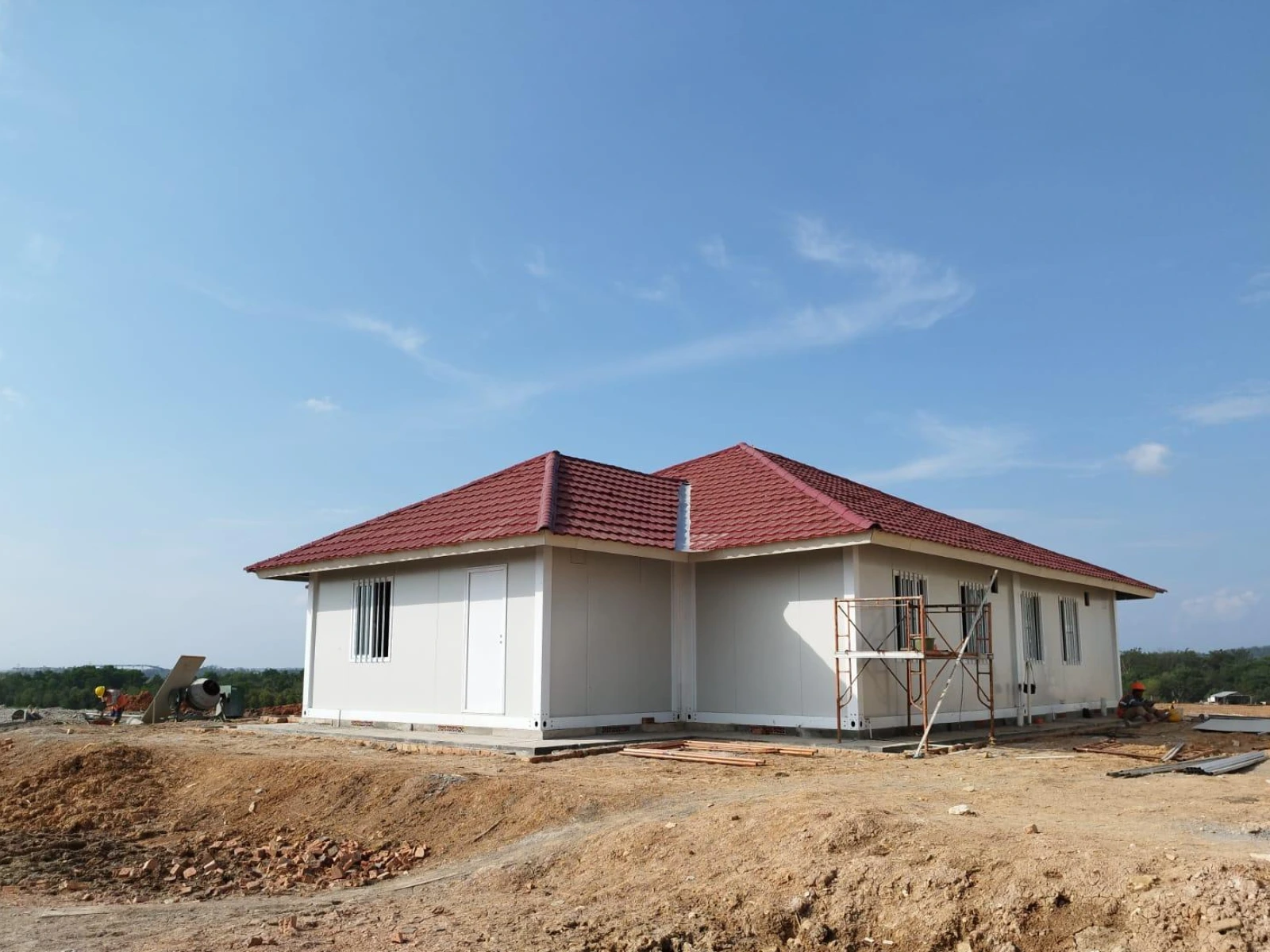
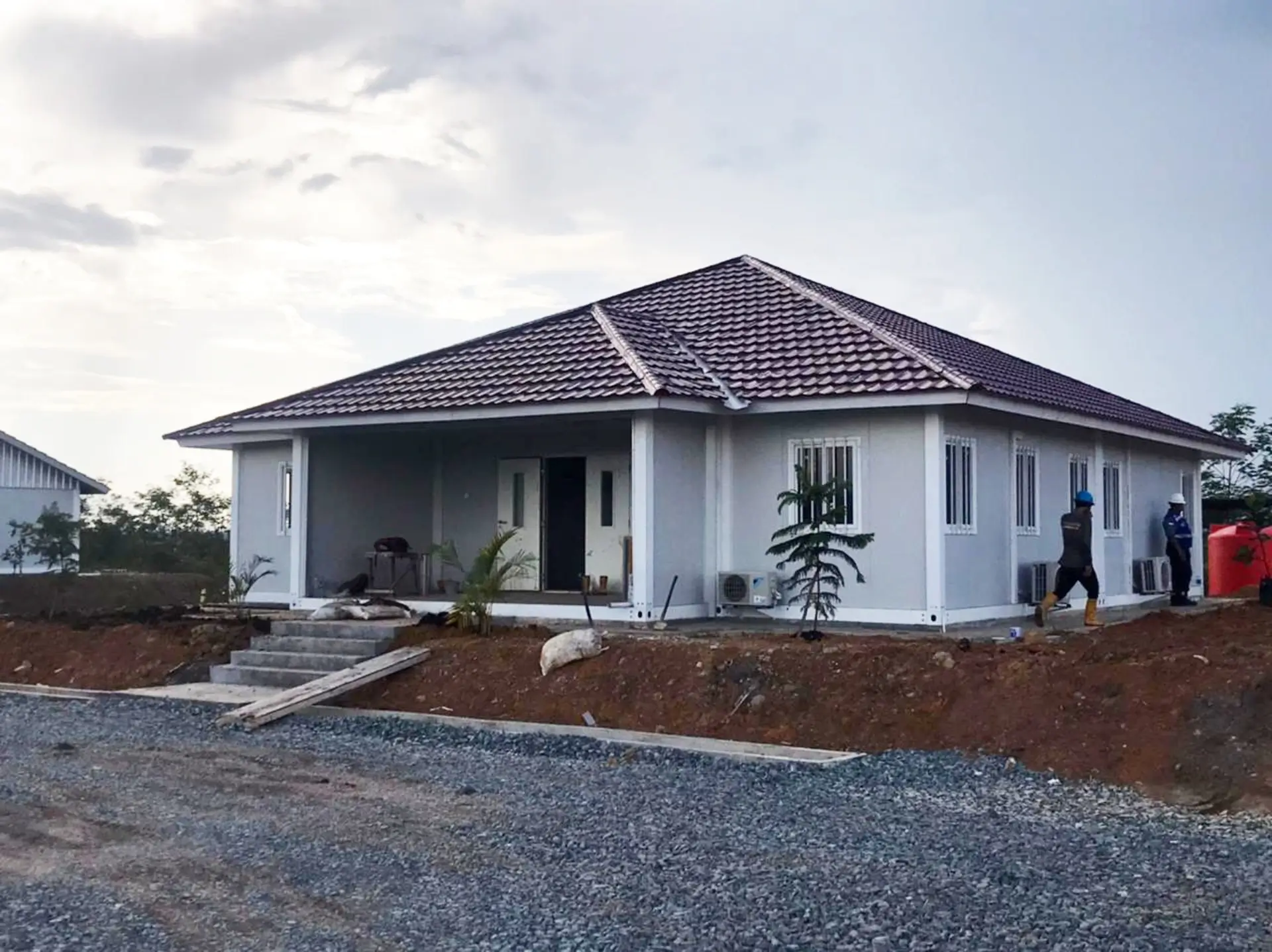
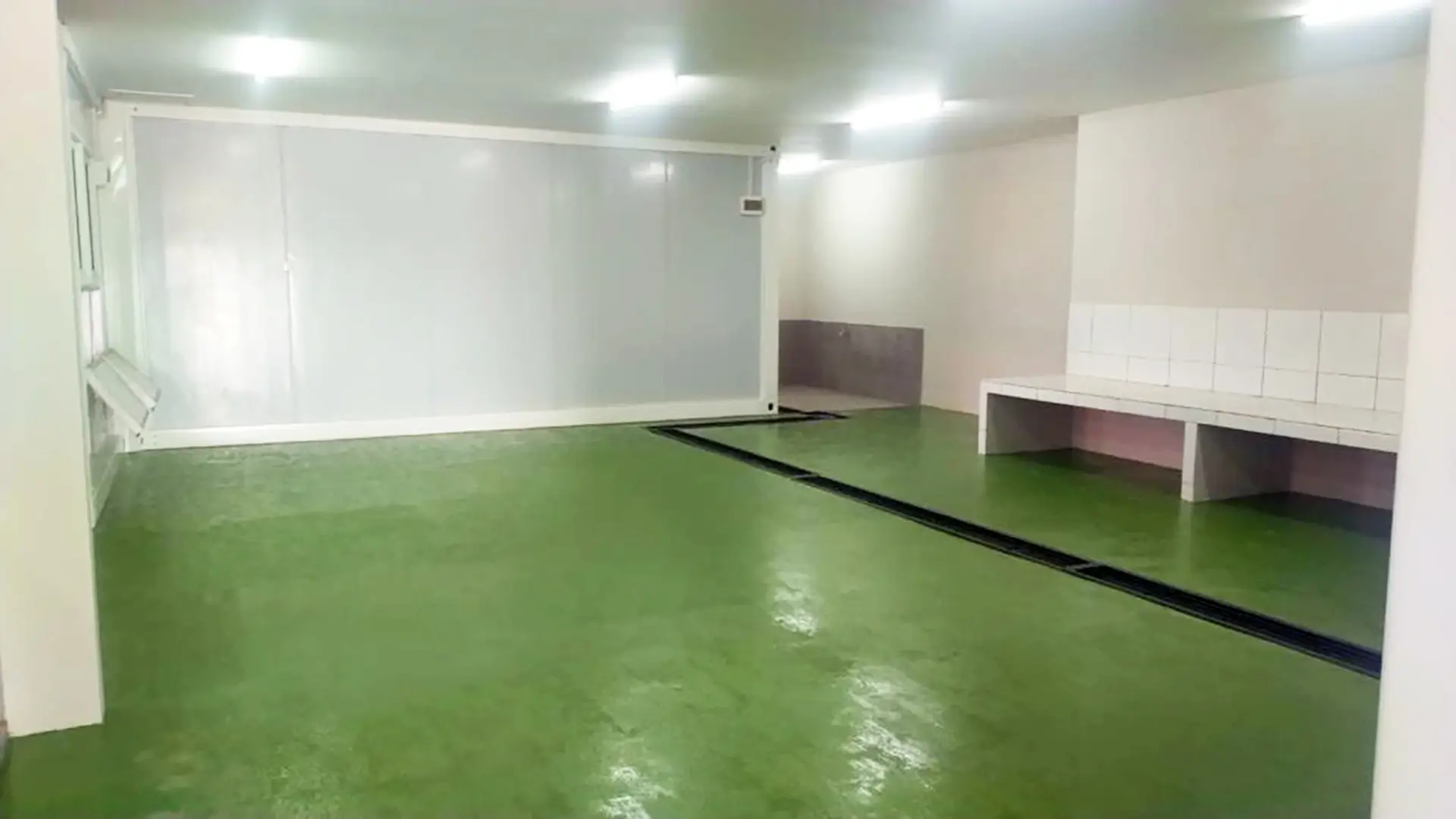
Modular Building Specifications
|
Component |
Material |
Durability |
| Ceiling | Corrugated iron zincalume | Resistant to corrosion, extreme weather, and offers a long service life. |
| Wall | EPS sandwich panel, Rockwool, GRC | Provides thermal and acoustic insulation to minimize heat and noise inside the room. |
| Floor | GRC board laminated, SPC vinyl, waterproof plywood, fiber cement board, PVC vinyl finishing | Moisture-resistant, anti-slip, easy to clean, and strong enough to support heavy loads. |
| Structural components | Corrosion-resistant light gauge steel | Strong, rust-resistant, earthquake-resistant, and stable against temperature and weather changes. |
Comparison Between Modular Kitchens and Conventional Kitchens
In developing Indonesia’s SPPG kitchens, choosing the right type of kitchen is a crucial factor. Both modular kitchens and conventional kitchens differ significantly in terms of construction methods, space efficiency, and maintenance flexibility. Below is a comparison between the two.
1. Construction Method
Modular kitchens are assembled from prefabricated components manufactured in factories under controlled processes. Each part is precisely cut, shaped, and produced using machinery before being installed on-site. This approach results in more consistent quality and a significantly faster installation process.
Conversely, conventional kitchens are built directly on-site by carpenters or contractors using traditional methods. The final result depends heavily on the skills of the workers and the conditions at the project location. The construction process also tends to take longer because every element is built from scratch and is more exposed to weather disruptions.
2. Maintenance and Repair Flexibility
One of the major advantages of modular kitchens is their ease of maintenance. If a component is damaged, it can be replaced individually without dismantling the entire structure. This minimizes operational downtime, an important factor for public service kitchens such as Indonesia’s SPPG kitchens.
Conventional kitchens generally take longer to repair because the structure is usually integrated. Partial repairs often require additional work or more extensive dismantling.
3. Design Options and Customization
Modular units offer a wide range of design choices, materials, and finishes. Manufacturers can tailor the layout, countertop height, panel type, and storage systems to match operational needs.
Conventional kitchens can also be customized, but they are not as flexible as modular systems. Many adjustments require additional construction time, making them less efficient for large-scale projects that demand standardized designs.
4. Material Durability and Finishing Quality
Factory production ensures that modular kitchens have higher precision and better finishing quality. Machine-based manufacturing guarantees accurate dimensions and stronger joints for each component.
In conventional kitchens, finishing quality can vary widely because all work is done manually. Material durability also depends on what is sourced on-site and the skill level of the workers.
Best Modular Building for Indonesia’s SPPG kitchens
Specifications for Indonesia’s SPPG Kitchens
According to the Revision-1 Technical Guidelines for the Implementation of Government Assistance for the Free Nutritious Meal Program for Fiscal Year 2025, Indonesia’s SPPG kitchens are required to meet the following specifications:
|
Specification |
Details |
| Land Area | 600 – 1,000 square meters |
| Building Area | 300 – 800 square meters |
| Land Status | Borrow-to-use from Local Government or TNI/Police |
| Location | Near a school community of 3,000 students within a maximum radius of 6 km or within a travel time of up to 20 minutes |
| Condition | Ready-to-build condition, no land preparation required |
| Electricity | Within PLN service coverage |
| Road Access | – Adequate logistics access – Access road width of approximately 5 meters |
| Environment | – Hygienic surrounding environment – Not located near a final waste disposal site (TPA) – Not located near livestock pens |
| Conflict Status | Free from disputes with any party |
For complete information, refer to the Revision-1 Technical Guidelines for the Implementation of Government Assistance for the Free Nutritious Meal Program for Fiscal Year 2025, issued by the National Nutrition Agency (BGN).


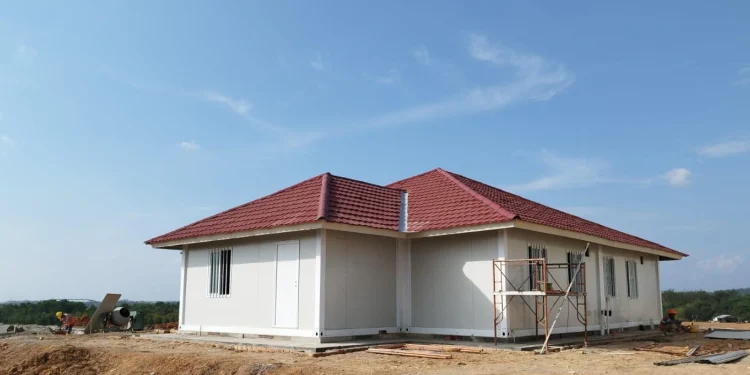
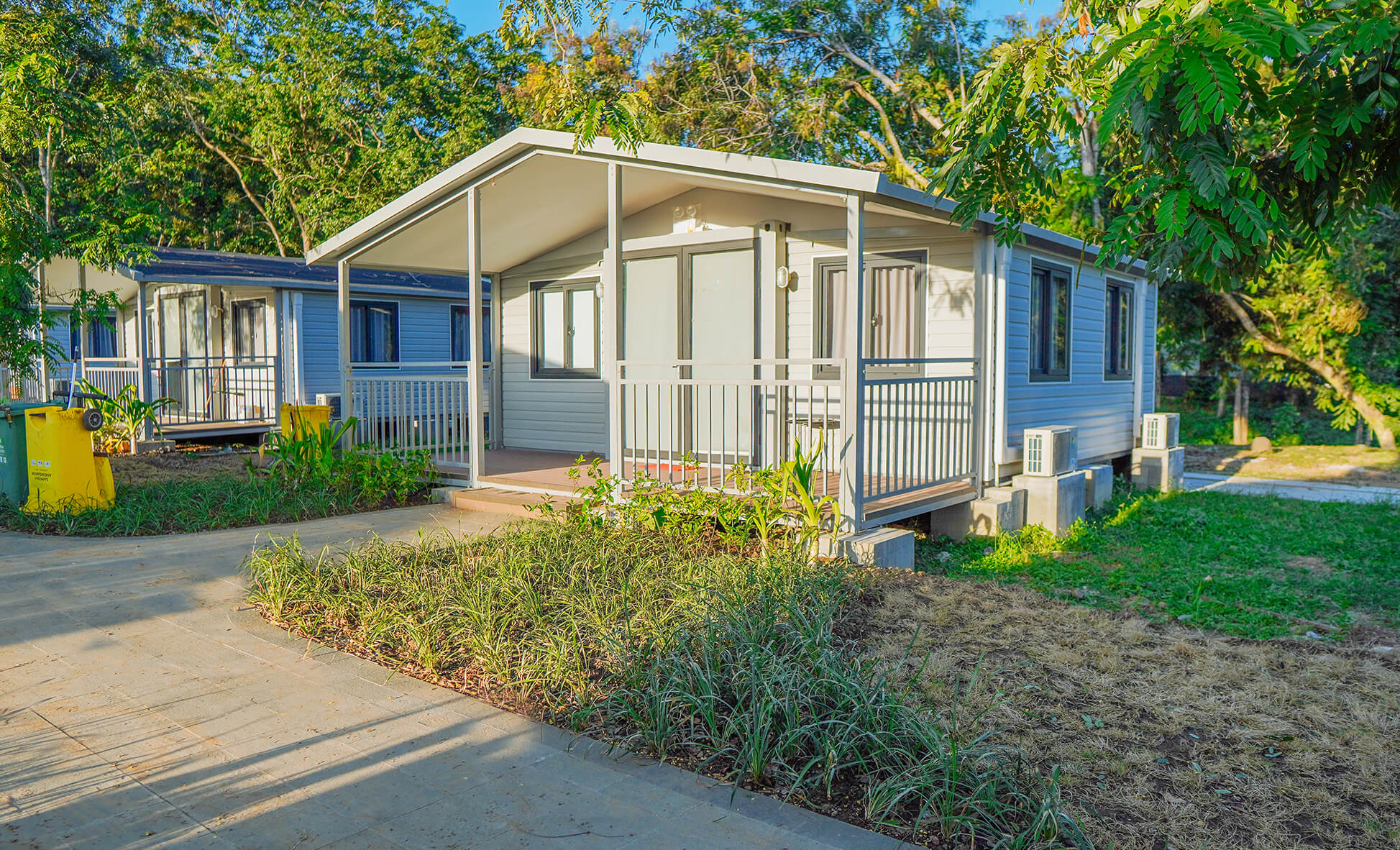
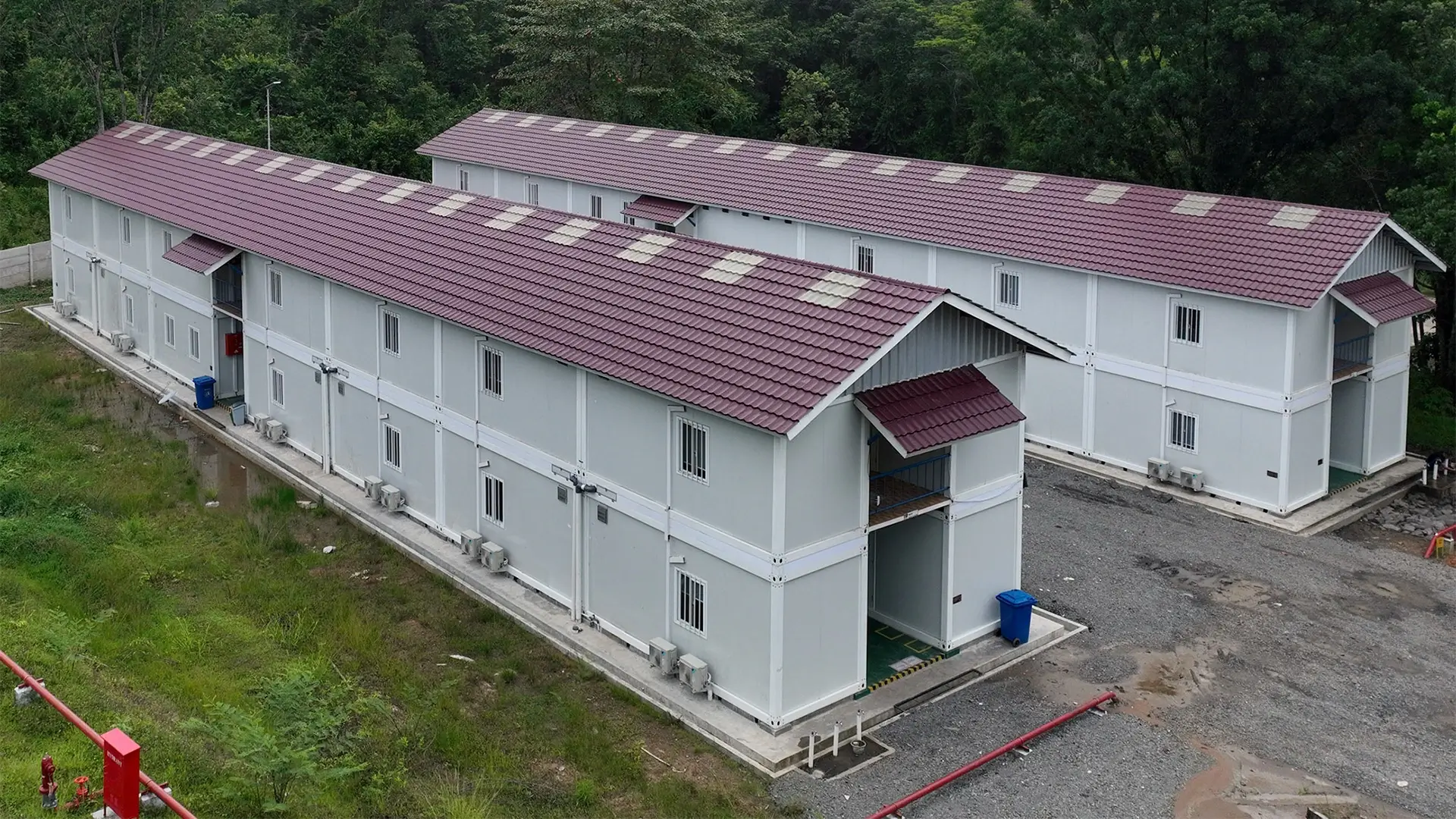
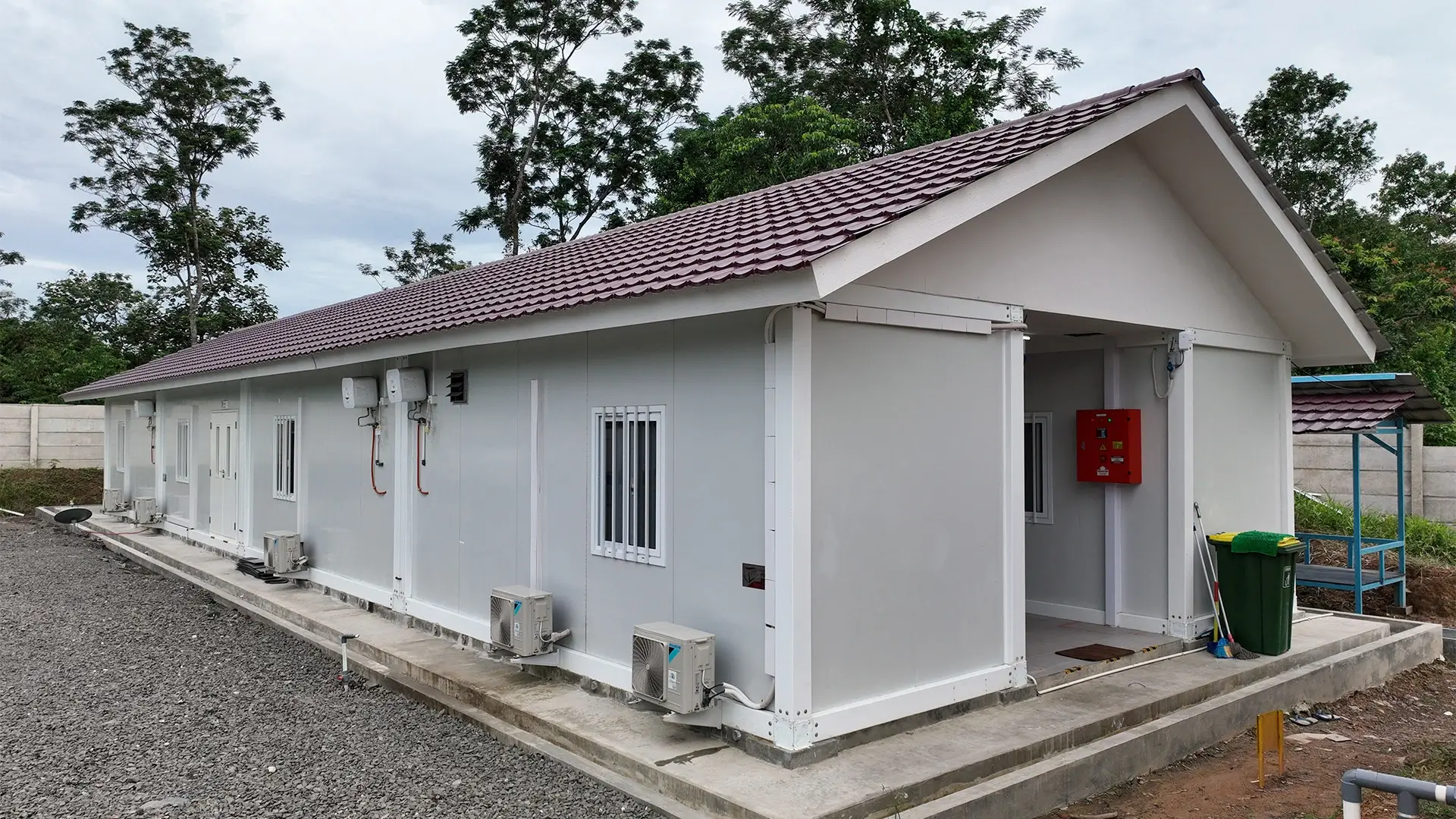

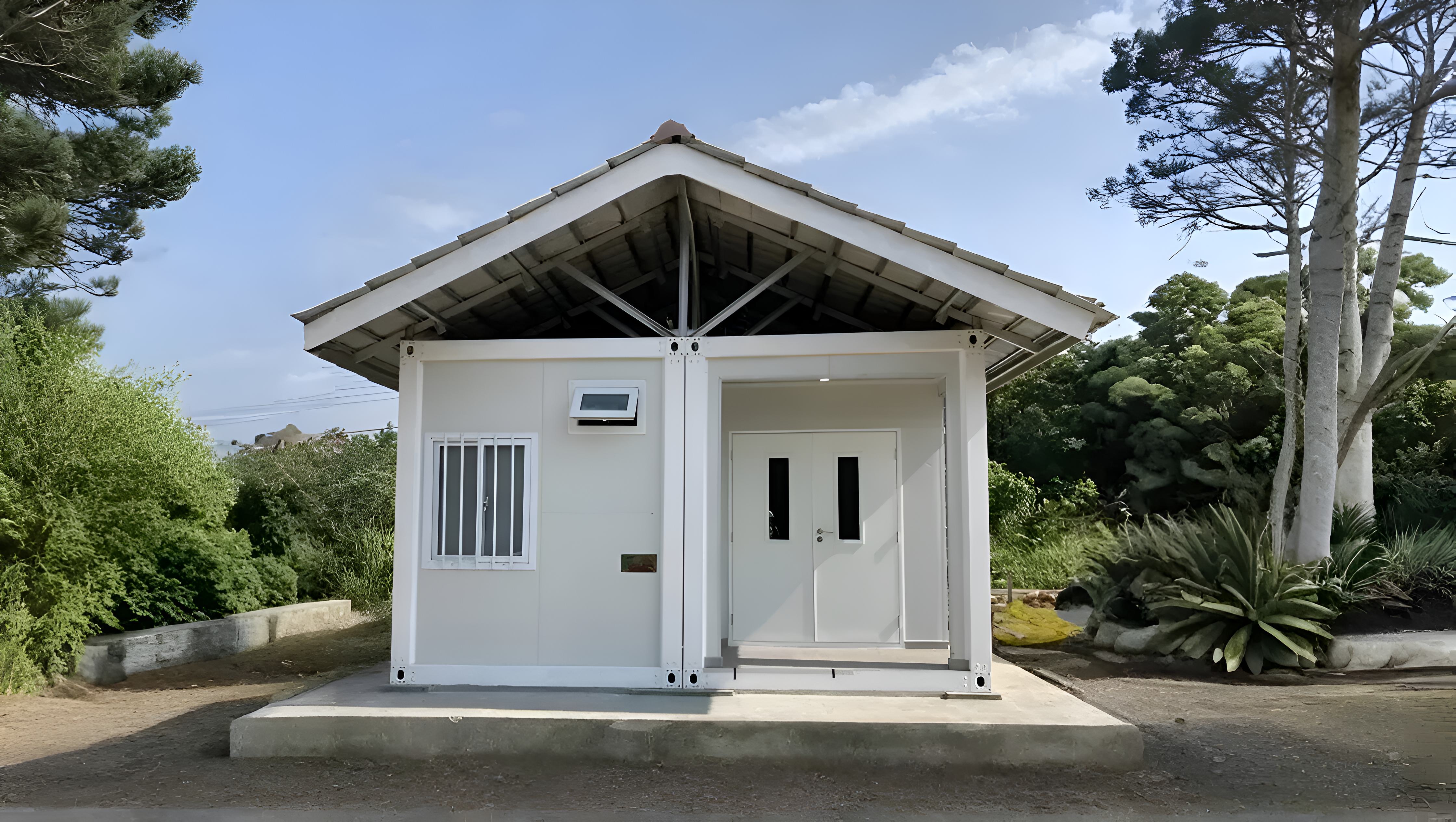
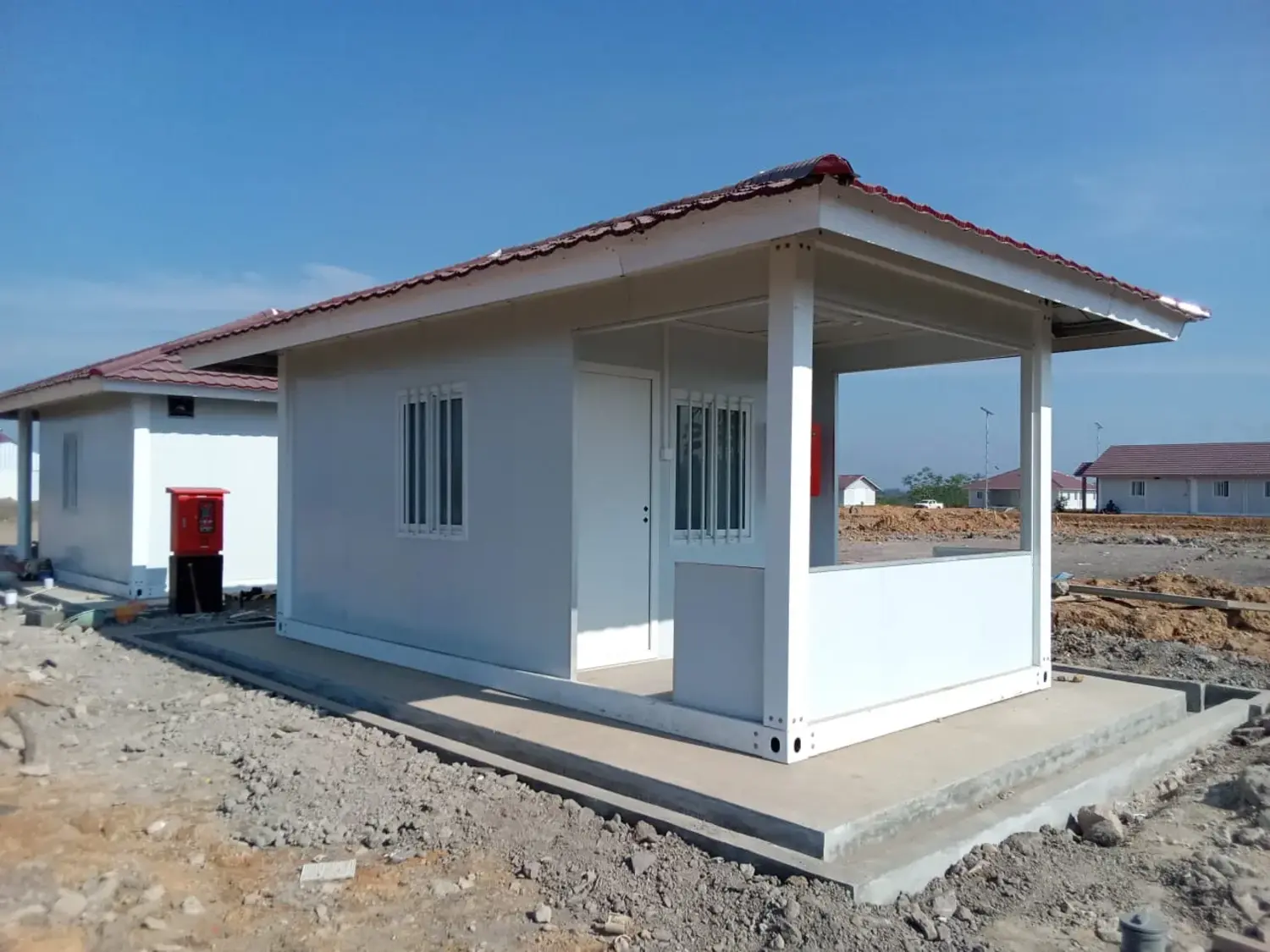



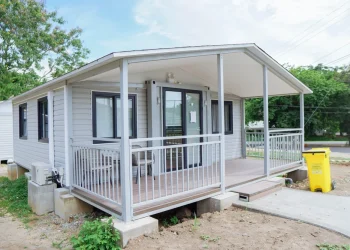
![Size of the Free Nutritious Dining Kitchen [Check the Building Too] 8 Layout Dapur Catering Rangka Baja RapidFrame 4](https://kontainerindonesia.co.id/blog/wp-content/uploads/2025/10/Layout-Dapur-Catering-Rangka-Baja-RapidFrame-4-120x86.webp)






